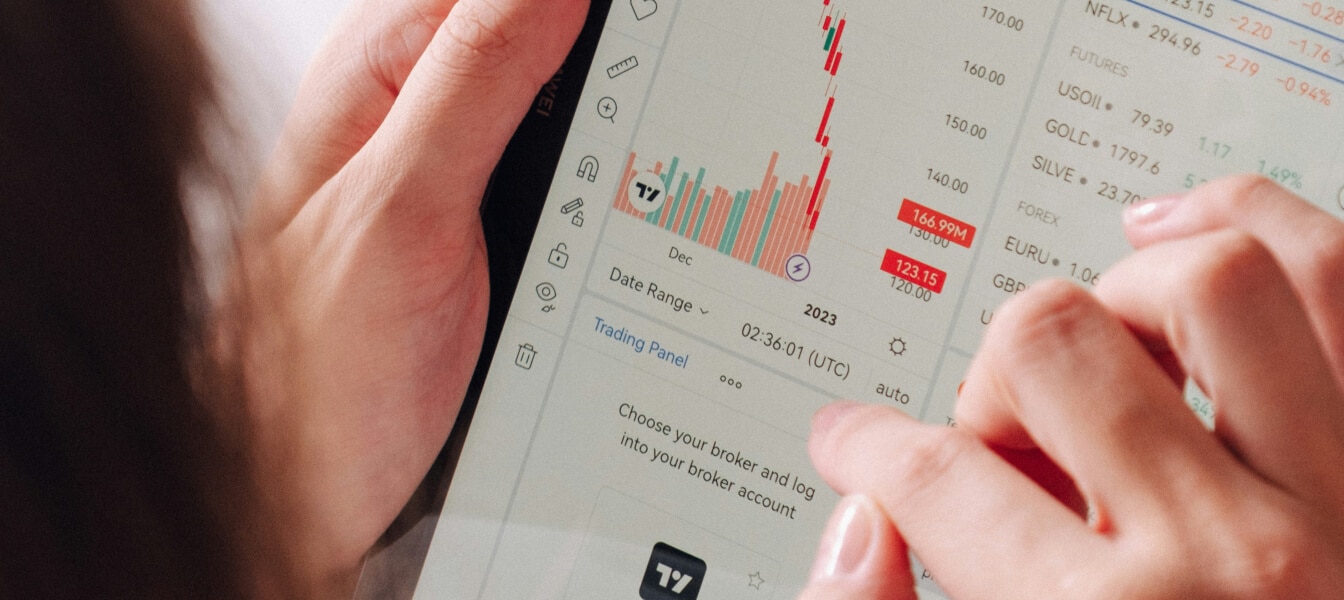
Compare Forex Brokers!
Compare top Forex brokers side-by-side and find the best fit for your trading needs. Start your comparison now!


While basic forex strategies build foundational skills, advanced trading methods can significantly enhance profitability, refine risk management, and deepen your understanding of market dynamics. This comprehensive guide covers powerful strategies employed by seasoned traders, including detailed insights into market structure, liquidity manipulation, advanced technical setups, and strategic execution. Each strategy is complemented by practical examples, pros and cons, common pitfalls, and expert recommendations for maximizing your results. Pair these explanations with the accompanying YouTube videos to see each strategy in action.
What it is:
This strategy involves aligning your trades with the overall market trend or directional bias. The goal is to avoid trading against the dominant market momentum, which helps reduce false entries and increases the probability of success.
How to Trade It:
Market Conditions:
This strategy works best in trending markets with a clear structure visible on higher timeframes.
Review basic concepts of trend-following in the "Trend Following (Dow Theory)" strategy.
What it is:
This strategy uses the Commodity Channel Index (CCI) to capture strong price movements that break out from consolidation zones.
How to Trade It:
Market Conditions:
This strategy is most effective during periods of high volatility, especially during breakouts from consolidations or following major news events.
Refresh your understanding of breakout concepts with the "Fakeout Strategy."
What it is:
This is a bullish continuation pattern that resembles a flag on a pole. It signals a temporary pause in the market before the uptrend resumes.
How to Trade It:
Market Conditions:
This strategy works best in strong uptrends, particularly after news events or during high-volume trading sessions.
Reinforce foundational knowledge with the beginner's guide to "Price Action Trading."
What it is:
This strategy takes advantage of a common market behavior where large players push prices beyond obvious levels to trigger retail stop-losses before reversing.
How to Trade It:
Market Conditions:
This strategy is common during low-liquidity hours, such as the Asian session, or periods of pre-news volatility.
What it is:
This strategy involves catching price reversals that occur after false breakouts beyond significant support or resistance levels.
How to Trade It:
Market Conditions:
This strategy is most effective in sideways or range-bound markets and when breakouts lack momentum.
Revisit the basic principles in the beginner-level "Fakeout Strategy."
What it is:
This strategy is based on the idea that markets often react to previously significant price levels due to trader memory and psychological anchoring.
How to Trade It:
Market Conditions:
This strategy works across all market conditions but is particularly effective in ranging or retesting environments.
What it is:
This strategy focuses on managing your risk per trade to ensure long-term profitability, even with a modest win rate.
How to Trade It:
Market Conditions:
This strategy is applicable in all trading conditions and should be part of every trading plan.
Strengthen your risk management foundation with the "Risk Management and Position Sizing" strategy.
What it is:
This strategy involves trading price gaps that occur between market sessions, typically at the beginning of a new trading week, to capture either price rebalancing or momentum continuation.
How to Trade It:
Identify a gap, such as the difference between Friday’s close and Monday’s open.
Classify the gap as one of the following:
Once you have identified what type of gap it is, follow these steps:
Market Conditions:
This strategy works best during Monday market opens or after major weekend news events.
Review basic gap trading strategies in the beginner-focused "Forex Gap Trading.
Advanced forex trading builds on basic techniques by offering a deeper understanding of market psychology, liquidity dynamics, and risk management. These strategies, when approached with thoughtful analysis and steady execution, may help traders navigate the market more effectively.
Explore more resources that fellow traders find helpful! Check out these other guides to enhance your forex trading knowledge and skills. Whether you’re searching for the best brokers, educational material, or something more specific, we’ve got you covered.